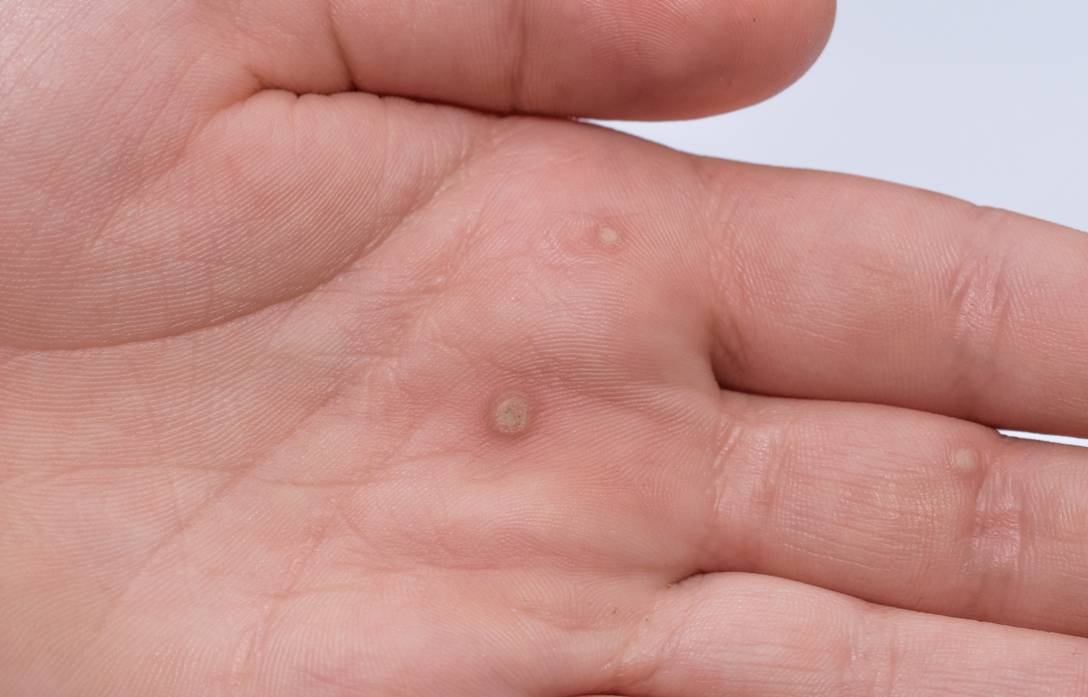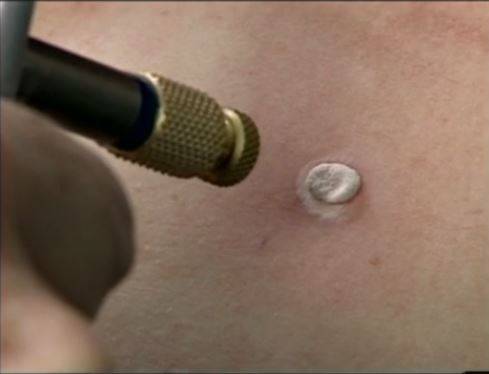What is Cryotherapy?
The word ‘cryosurgery’ is derived from Greek, meaning ‘icy cold handiwork.’ This quite appropriately summarises the treatment as, the skilful application of extreme cold to the skin. Liquid nitrogen is now by far the most common refrigerant used to produce the degree of cold needed.
In primary care, cryotherapy is usually only used to treat benign conditions, because there may be difficulties in accurately diagnosing, ensuring adequate treatment, and following-up the pre-malignant or malignant skin diseases.

What are the Possible Complications of Cryotherapy?

What are the Possible Complications of Cryotherapy?

What can a Patient Expect During and After Cryotherapy?

What can a Patient Expect During and After Cryotherapy?

What is Cryotherapy Good at Treating in Primary Care?

What is Cryotherapy Good at Treating in Primary Care?

How is Cryotherapy Performed?

How is Cryotherapy Performed?

How does Cryotherapy Actually Work?

How does Cryotherapy Actually Work?
Get In Touch
For any enquiry, please call +852 3420 6622, Whatsapp +852 5228 0810, or info@marinamedical.hk





